New revision, new happiness? Let's see what Alphacool made of the ice block GPX, because there is now a new model M02, which is compatible with both the GeForce RTX 2080 Ti, RTX 2080, and the RTX 2070. Today's test has to show how well all this performs and where you can classify the cooler in direct comparison to your competitors.
In my two articles "GeForce RTX 2080 Ti – Why water cooling is more important than manual overclocking and this does not bring much" and especially "Nvidia GeForce RTX 2080 Ti Founders Edition water-cooled? Forget it, here's the much faster alternative!" I used to go into very detailed detail about the cooling problem and the advantages of a potent water cooling system.
In addition, with the EK Waterblocks EK RTX 2080 Ti RGB, the Phanteks Glacier G2080Ti , the Watercool Heatkiller IV Fullcover and the Aqua Computer Kryographcs Next I already had three more coolers in the test, all of which were not failures. Especially the Watercool Heatkiller IV has set the bar for the current test fizzy high and it will be interesting to see how these two copper giants, each weighing 1250 grams, will beat each other in a direct duel.
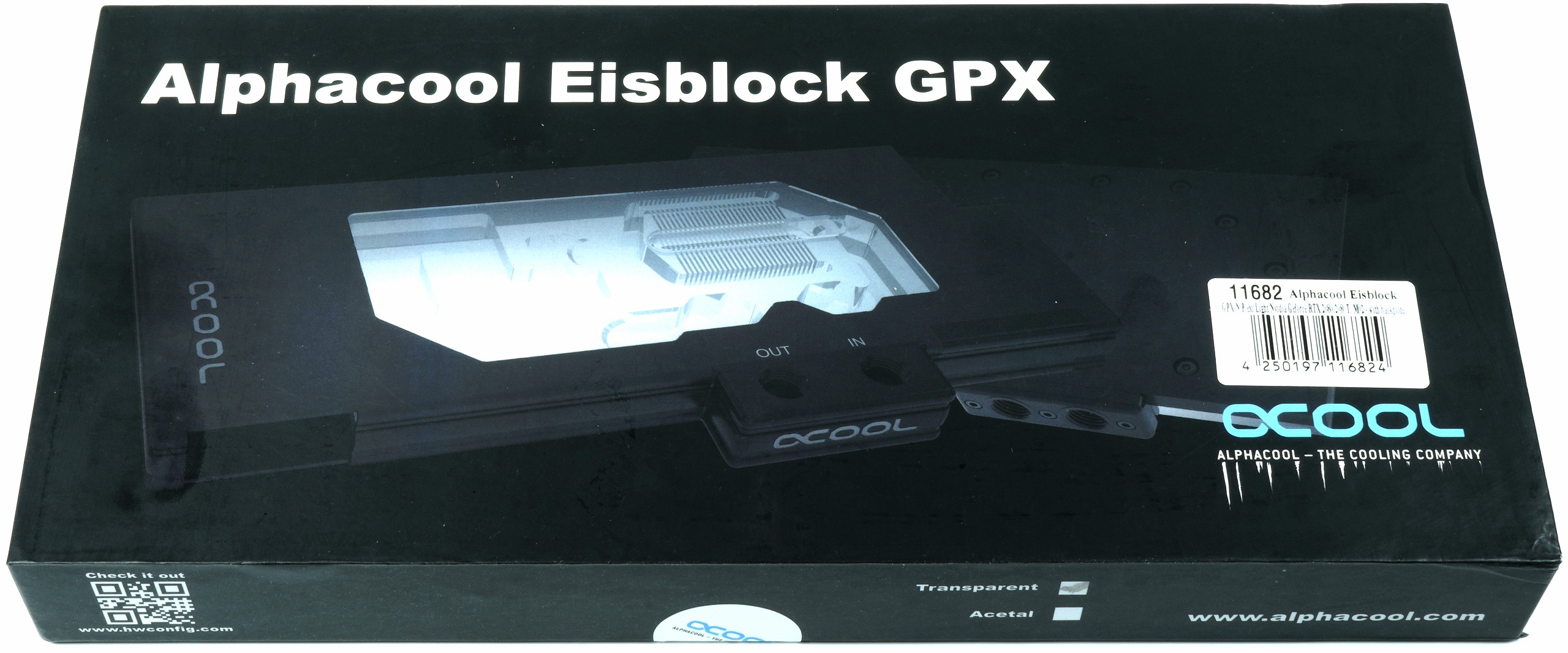
Since the Otto Normal customer can check the GPU temperatures with selection tools at most, I offer in this article a usual elaborate infrared test with the video of the heat flow and the temperature development, because at the latest with the memory and the There are sometimes extreme differences in voltage converters, which are difficult to determine with normal tests. Testing is always carried out with a maximum power consumption of just under 380 watts for the board of the graphics card and a constant water temperature of 20°C, as well as a room temperature of 22°C and the same Witcher 3 gaming loop in Ultra HD.
All the companies requested have also delivered test samples so far, even if it sometimes took a little longer. Unfortunately, Bitspower has so far, in contrast, and despite direct contact to Asia, completely refused to test. The cooler offered should work equally for all RTX models with reference board, which would have been quite interesting. However, it can at least be assumed that due to such a wide range of supported layouts, the performance may have fallen a bit by the wayside. Perhaps this is also the reason why sampling was not carried out in the end.
Unboxing, scope of delivery and assembly
The fully assembled water block, a backplate, screws, sufficient 1 mm thermal guide pads for the water block and 3 mm pads for the backplate, two plugs, thermal paste, manual and an inner hexagon tool (H2,5) are supplied. THE RGB lighting is already integrated in the acrylic cover. One relies on an addressable RGB connector and a usable adapter for one of the common 12V connections. Positive.
A 7 mm copper block serves as the starting point, which should be sufficient. The spacers are fit tight enough and are not as easy to turn out as the EK RTX 2080 Ti from EK Water Blocks. The supplied hexagon screws are grippy and very stable and at the same time also partially hold the backplate. Here, a look at the manual helps if you want to know which screw is meant for what.
The cooler design is new and universal for the RTX 2080 (Ti) FE. This, of course, entails certain cuts and compromises in order to remain as universal as possible. However, the quality of the workmanship is only a useful mediocrity and one has to be careful against some sharp edge. Even the slight ripple on large, deeper milled surfaces is not really plump now. But it is not so pronounced that the functionality would suffer.
The design is based on the cooling of the memory modules and voltage converters by means of 1 mm pads and only the GPU has direct contact via thermal conductive paste to the heat sink. I find the 1mm pads quite thick and therefore unfortunately also inefficient, which could be revenge later on in the performance. In addition, the coils and flat capacitors are not cooled. For example, EKWB has this error by attaching the matching pads right away.
The manual also gives a puzzle, because you should remove a non-existent protective film from the GPU heatsink. Simpler minds might now try to scratch around because one mistakenly suspects a thin foil (which does not exist at all). On the other hand, it is positive that Alphacool followed my recommendation and moved the pad assembly to the back in the manual.
One looks at the board the now more than 10 carried out montages unfortunately a bit, because I have tested various other prototypes in between. If a complete basic cleaning for the optical overkill were to be carried out each time, the protective varnish on the board would already be off. However, if you don't want to be a smudge in private, you can glue the whole edges with the paste with insulating tape or Tesa film or apply the paste to the heat sink straight away.
With reasonably good skills, you've done everything in less than 20 minutes. Also the connection to the terminal and the RGB output of the motherboard are not a witchcraft, if necessary just with the 12V adapter. If you want to see how I do the complete assembly, the density test and the test, you should also like my YouTube video:
Finally, there is now the finished view of the complete setup with the quick-release fasteners:
Technical data and manual
Before I put this conversion into operation on the next page and measure it, quickly see everything tabularly for all readers at a glance:
| Manufacturer: | Alphacoolr |
| Material base plate: | Copper |
| Connection: | 2x G1/4 |
| Cooler type: | Complete cooler |
| Note: | Compatible up to 16/13mm straight, Compatible up to 19/13mm angled |
| Hardware Manufacturer: | Nvidia |
| Material lid: | Plexi |
| SLI compatible: | Yes |
| Hardware model: | RTX 2080, RTX 2080 Ti, RTX 2070 |
Eisblock_2080Ti_-_2080_plexi_light_dimensions
Test system and measurement methods
I have already described the test system and the methodology in the basic article "How we test graphics cards, as of February 2017" (English: "How We Test Graphics Cards") in detail and therefore, for the sake of simplicity, now only refers to these detailed Description. So if you want to read everything again, you are welcome to do so.
If you are interested, the summary in table form quickly provides a brief overview:
| Test systems and measuring rooms | |
|---|---|
| Hardware: |
Intel Core i7-8700K @5GHz MSI Z370 Gaming Pro Carbon OC G.Skill TridentZ DDR4 3600 1x 1 TByte Toshiba OCZ RD400 (M.2, System SSD) 2x 960 GByte Toshiba OCZ TR150 (Storage, Images) Be Quiet Dark Power Pro 11, 850-watt power supply |
| Cooling: |
Alphacool Ice Block XPX 5x Be Quiet! Silent Wings 3 PWM (Closed Case Simulation) Thermal Grizzly Kryonaut (for cooler change) |
| Housing: |
Lian Li PC-T70 with expansion kit and modifications |
| Monitor: | Eizo EV3237-BK |
| Power consumption: |
non-contact DC measurement on the PCIe slot (Riser-Card) non-contact DC measurement on the external PCIe power supply Direct voltage measurement on the respective feeders and on the power supply 2x Rohde & Schwarz HMO 3054, 500 MHz multi-channel oscillograph with memory function 4x Rohde & Schwarz HZO50, current togor adapter (1 mA to 30 A, 100 KHz, DC) 4x Rohde & Schwarz HZ355, touch divider (10:1, 500 MHz) 1x Rohde & Schwarz HMC 8012, digital multimeter with storage function |
| Thermography: |
Optris PI640, infrared camera PI Connect evaluation software with profiles |
| Acoustics: |
NTI Audio M2211 (with calibration file) Steinberg UR12 (with phantom power for the microphones) Creative X7, Smaart v.7 own low-reflection measuring room, 3.5 x 1.8 x 2.2 m (LxTxH) Axial measurements, perpendicular to the center of the sound source(s), measuring distance 50 cm Noise in dBA (Slow) as RTA measurement Frequency spectrum as a graph |
| Operating system | Windows 10 Pro (1809, all updates) |














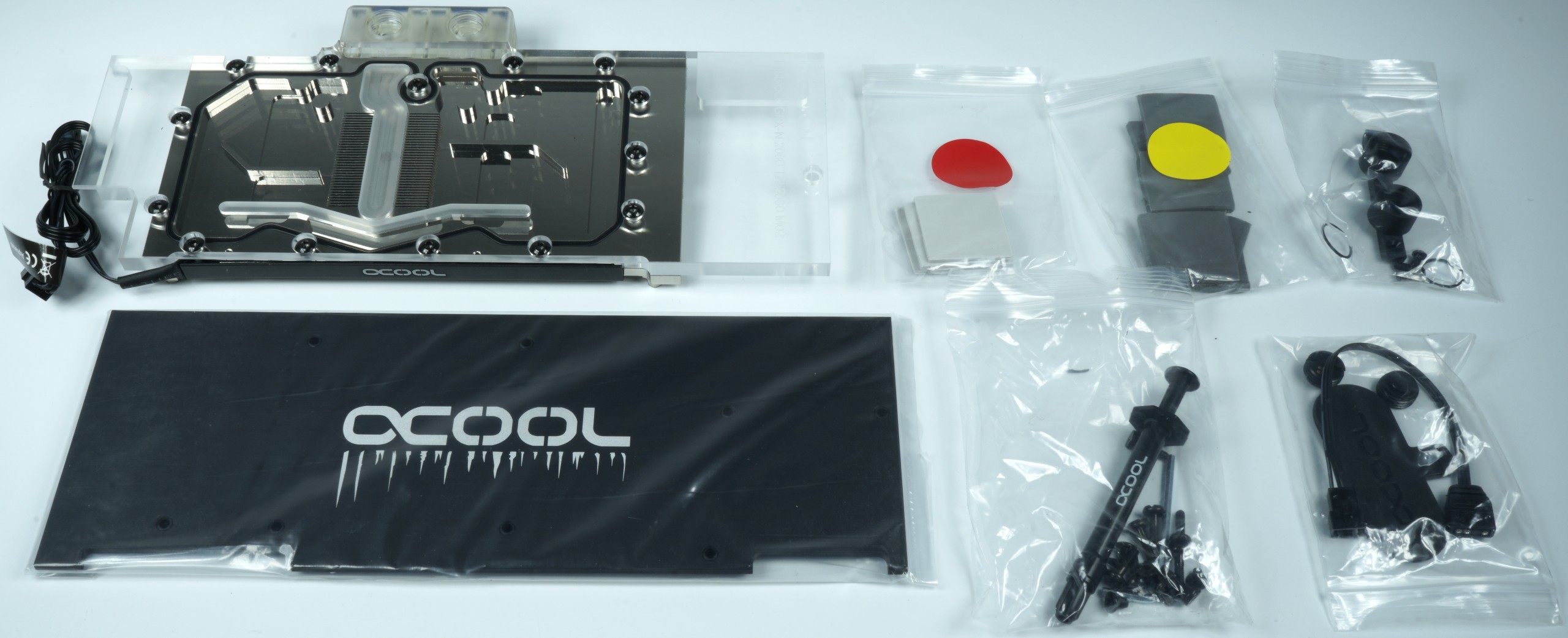
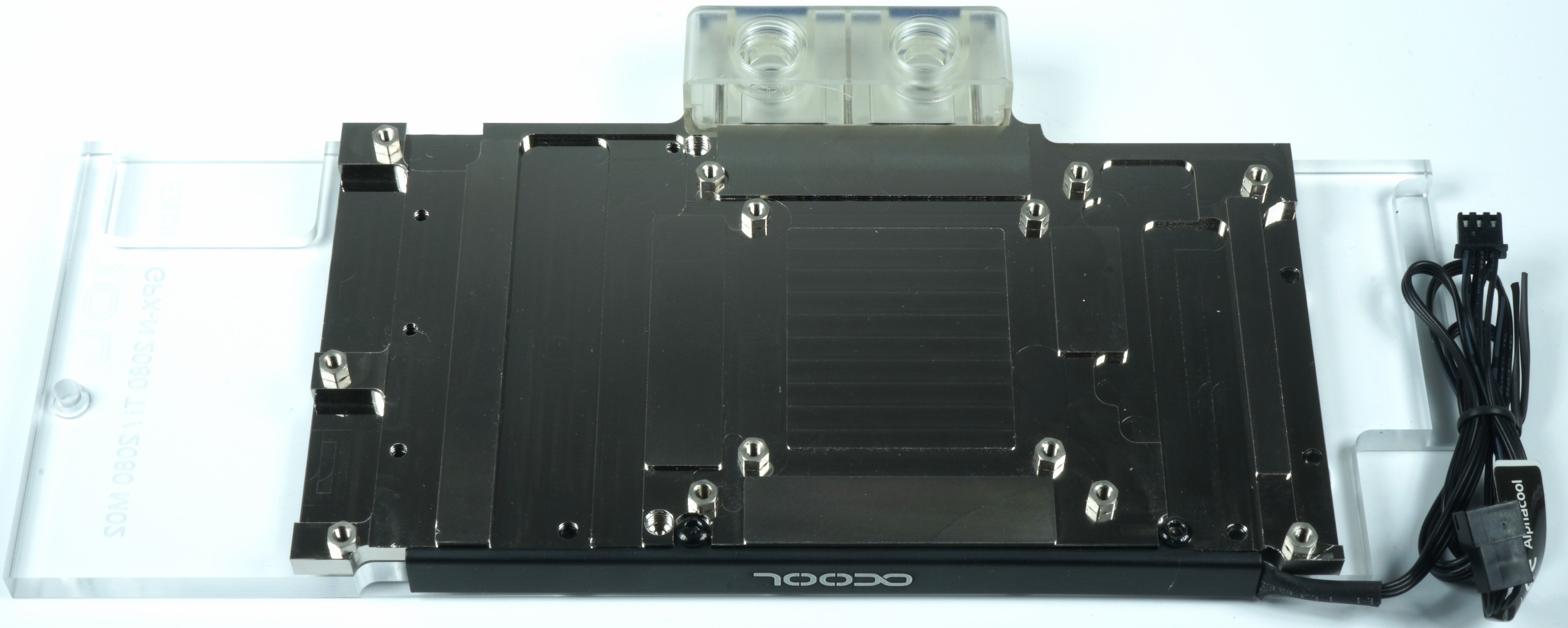
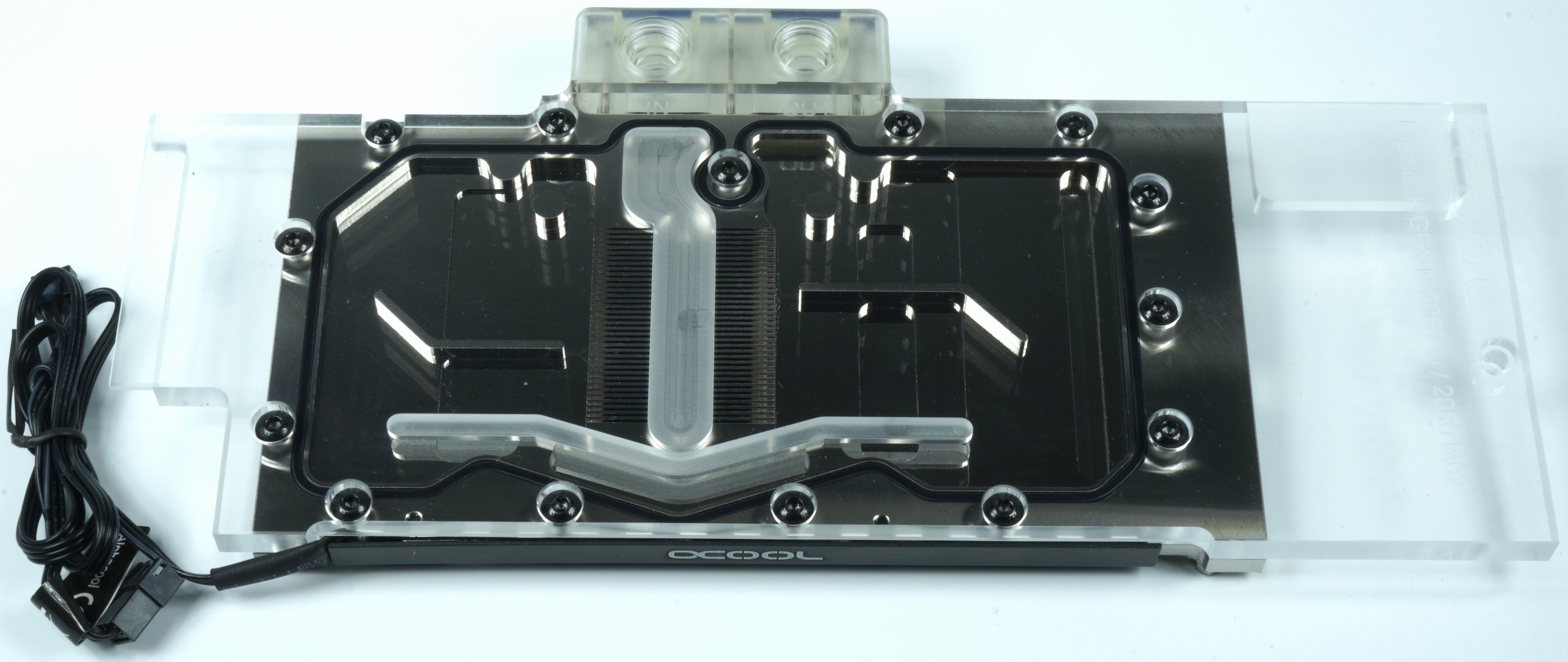
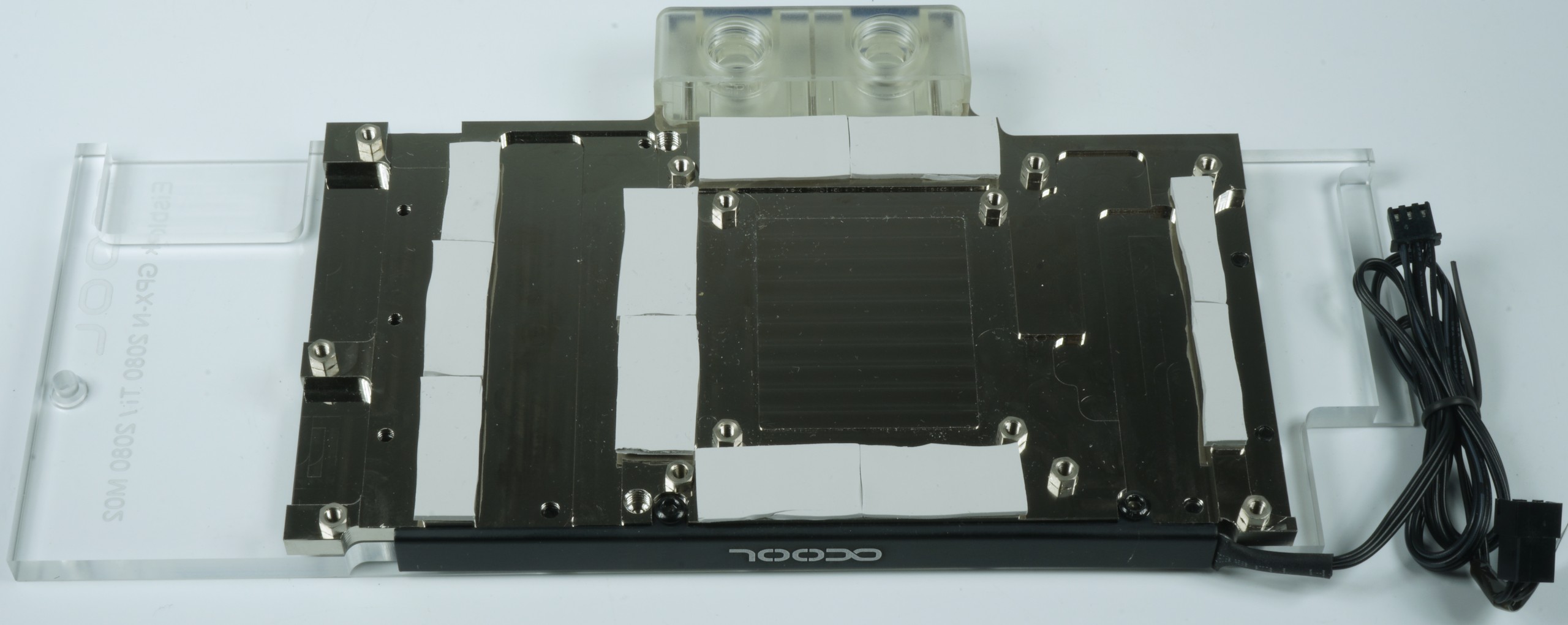
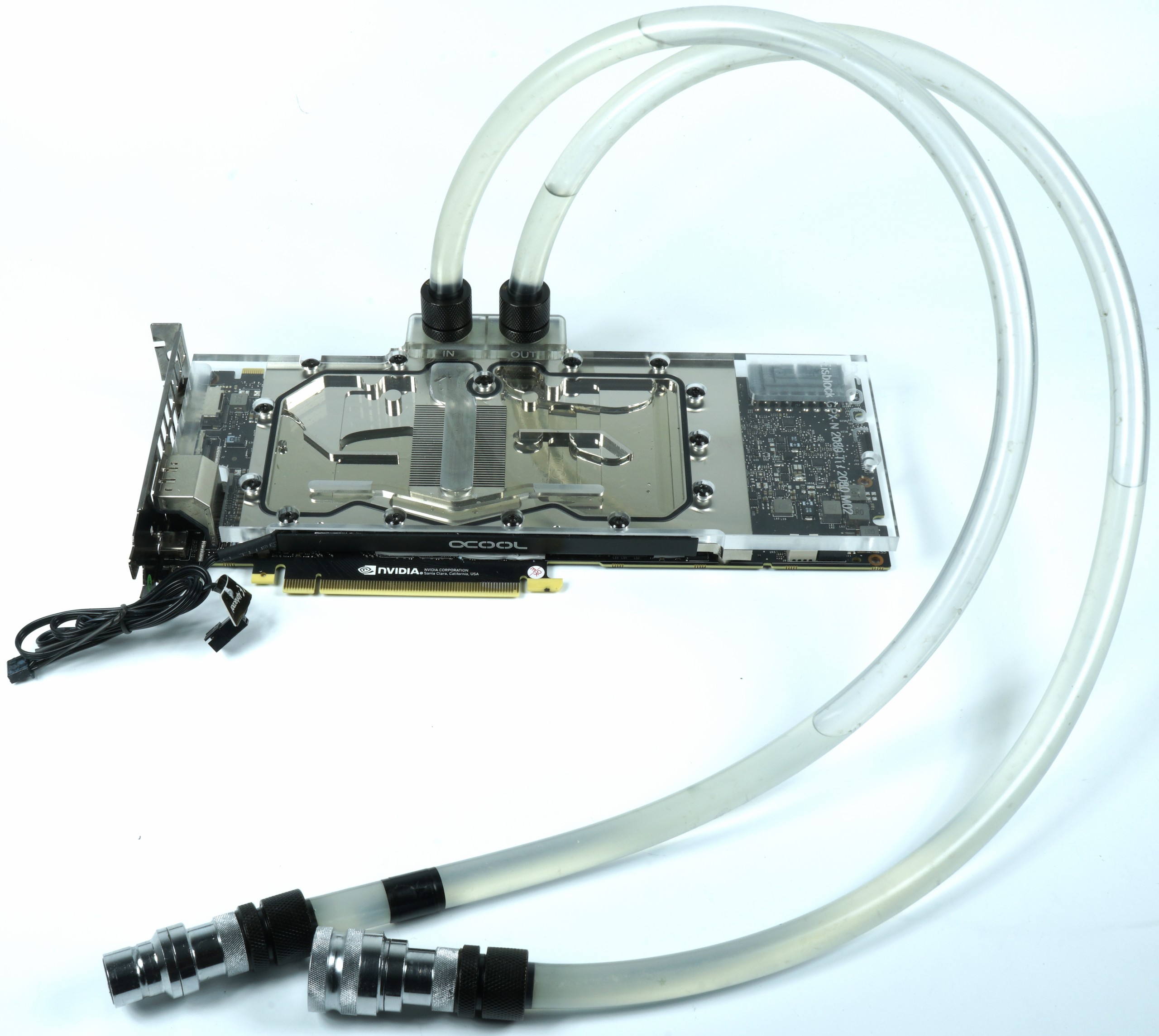
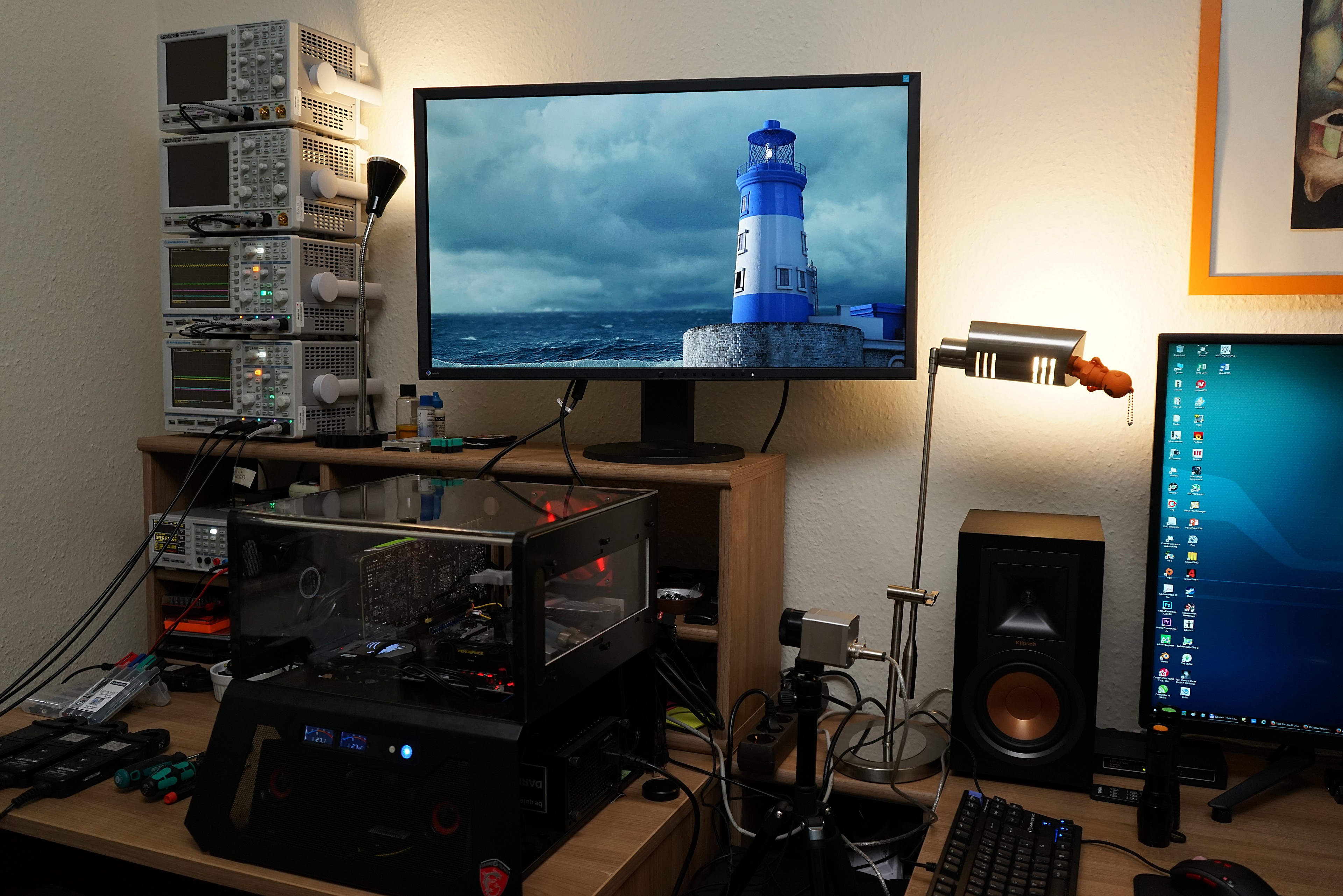


















Kommentieren